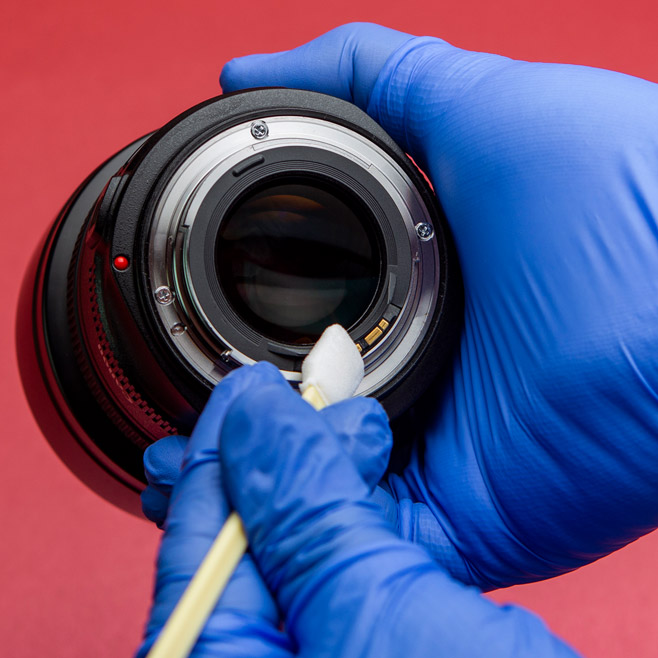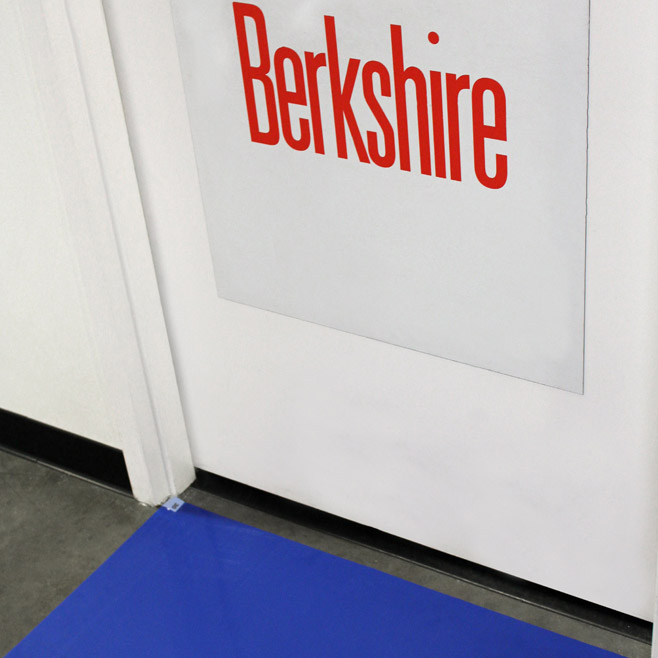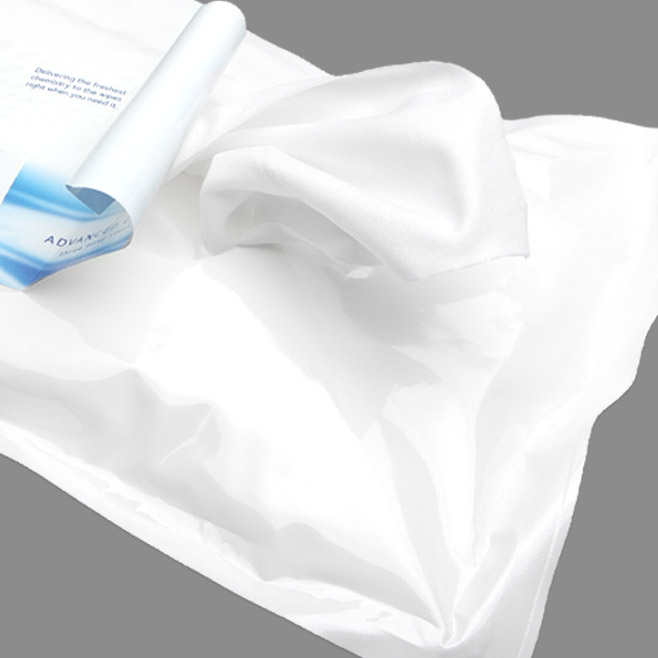Aseptic Cleaning, Cleaning & Disinfection, Knowledge Base
USP <797> News: Seeing is Believing
In contamination control, there are generally two types of contamination problems: complex problems that even those who are dedicated to cleaning out sometimes miss, and outright negligence.
Sometimes, an issue as simple as not knowing the proper contamination control procedures can lead to contamination that gets the FDA on you. That was the case recently when a Federal Judge ordered a permanent injunction against an owner of Florida compounding pharmacies who has been in business for over twenty years.
In addition to the FDA claiming that poor contamination control practices led to “filthy, putrid, or decomposed substances,” it is claimed that some products were misbranded, with some drugs labeled sterile did indeed contain bacterial contamination.
For people who rely on sterile drugs, such charges are obviously over the line and could represent a serious threat to their physical health.
When you dig deeper into this case, it becomes apparent that the breakdown may have been due to a lapse in simple contamination control procedures. Procedures that other pharmacies take for granted are there for a reason—and it’s to protect against these contamination issues, not to mention keep the FDA warning letters away.
Getting the Details from the FDA
A 2012 warning letter from the FDA pointed out that these contamination control issues could be linked to some 47 eye infections, of which 39 resulted in temporary or permanent vision loss.
It’s no wonder, then, that the FDA has made compounding pharmacy contamination control a major issue of late, pointing out that even small lapses in judgment can add up to major consequences to people who depend on sterile drugs.
Reading the warning letter issued by the FDA, we get a quick glimpse into exactly what was going on. And it’s not a pretty picture.
“The inspection revealed that your BBG Injection drug product is adulterated within the meaning of section 501(a)(1) of the Act [21 U.S.C. § 351(a)(1)] in that it consists in whole or in part of any filthy, putrid, or decomposed substance,” wrote Emma Singleton, Director of the Florida District. “Furthermore, this drug and all sterile drugs compounded by your firm are also adulterated under section 501(a)(2)(A) of the Act [21 U.S.C. § 351(a)(2)(A)], in that they have been prepared, packed, or held under insanitary conditions whereby they may have been contaminated with filth, or whereby they may have been rendered injurious to health.”
These might sound like a routine listing of the various violations of the party being warned, but further reading of the warning letter went on to describe these violations in detail, including:
- • “..multiple bacterial and fungal species were found in several locations within one of your ISO class 5 laminar flow hoods and the ISO class 7 clean room where you compound sterile drugs.”
- “that they were prepared, packed, or held under insanitary conditions whereby they may have been contaminated with filth, or whereby they may have been rendered injurious to health.”
- “a compounding technician twice left and re-entered the cleanroom without changing the lab coat, foot covers, or any other personal protective equipment (PPE)”
Reading those points, particularly the latter point, makes one ask: really? This is basic contamination control. A simple adherence to basic cleanroom sanitary practices would have gone a long way to reduce and even eliminate these violations.
Although it’s important to keep in mind that the definition of “filth” that may have been rendered injurious to health includes a wide swath of possibilities, the FDA doesn’t throw around these warnings willy-nilly. If filth existed that might have been injurious to health, it represents a major lapse in not only judgment, but in basic contamination control habits that suggest these same issues may have been going on a long time.
Bonus: Click here to read Auditing Conformance to Standard Operating Procedures. Learn about Standard Operating Procedures (SOPs), cleanroom maintenance, proper wiping techniques and more.




















HAVE AN IDEA FOR CONTENT?
We are always looking for ideas and topics to write about.
Contact Us